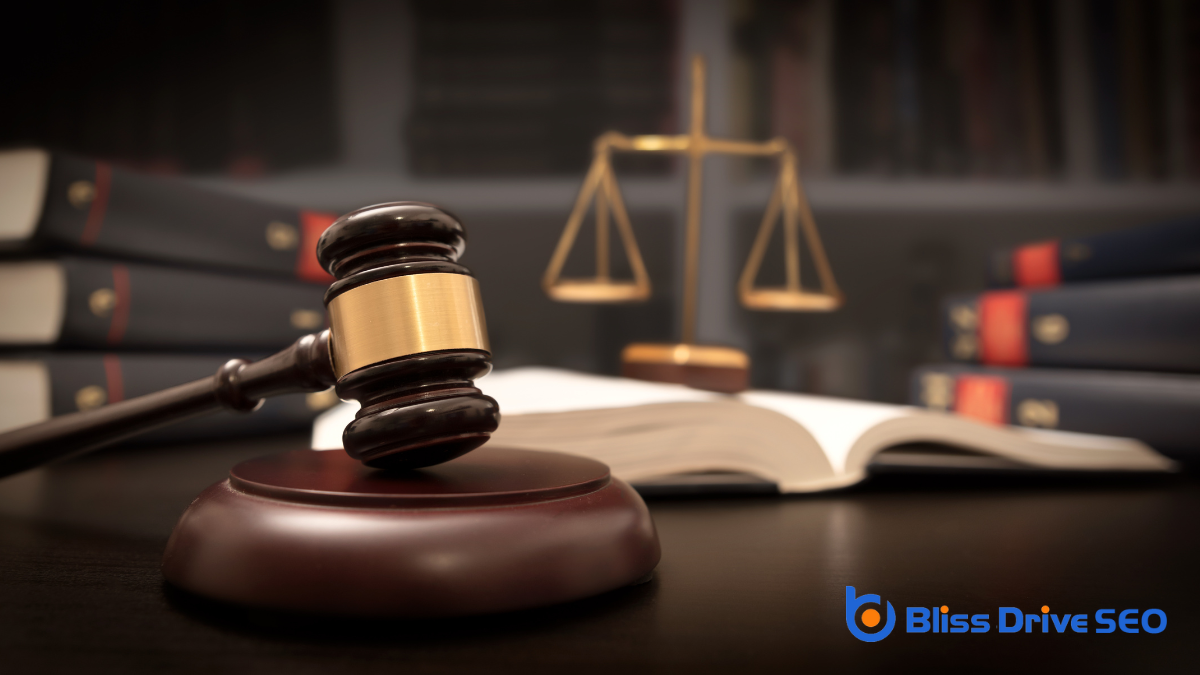Learn More About Us

When you consider copying a website design, it's important to weigh the legal and ethical implications. While you might think the design is just a collection of common elements, the original creator's intellectual property rights can complicate things. You need to ask yourself if you're merely inspired or if you're stepping into the territory of imitation. Understanding these boundaries not only protects you legally but also enhances your creative reputation. So, how do you navigate the thin line between inspiration and infringement? Let's explore the nuances of responsible design practices and what they mean for your projects.
Intellectual property forms the backbone of creativity and innovation, influencing how we interact with content in various fields. You mightn't realize it, but every time you engage with a unique website design, you're witnessing intellectual property at work.
Intellectual property (IP) encompasses creations of the mind, like designs, symbols, and names used in commerce. It's a way to guarantee that creators can protect and profit from their innovations.
When considering website design, think about how each element—color schemes, layout, and graphics—reflects the designer's original thought process. IP laws recognize these unique aspects as protected works.
By understanding IP, you gain insight into the value of originality and the importance of respecting others' creations. It's essential to differentiate between what can be borrowed and what needs permission.
While general ideas aren't protected, specific expressions of those ideas are. This means you can't just copy a website design without considering IP implications.
You should explore ways to draw inspiration legally, like creating unique variations or obtaining permission. By respecting intellectual property, you contribute to a culture of innovation and integrity, allowing creativity to flourish for everyone.

Understanding the boundaries of intellectual property sets the stage for maneuvering legal considerations in website design. You need to know what elements are protected and what liberties you can take without infringing on someone else's rights.
Copyright law generally protects original works, including the unique aspects of a website's design, such as graphics, images, and text. However, it doesn't cover functional elements like layout or navigation.
When considering whether you can copy a website design, keep these legal aspects in mind:
Being informed about these legal considerations helps you make educated decisions about what you can safely incorporate into your own website design.
When you consider copying a website design, you need to think about intellectual property rights and the respect due to the original creator's work.
Using someone else's design without permission can stifle creativity and originality, which are essential in the digital world.
Remember that ethical choices also often align with legal consequences, so it's in your best interest to prioritize ethical considerations.
Before you decide to replicate a website design, it's crucial to contemplate the ethical implications related to intellectual property rights.
Intellectual property rights protect the creators' concepts and designs, ensuring they receive recognition for their original work. When you copy a design without permission, you might infringe on these rights, leading to potential legal consequences and ethical dilemmas.
Understanding the importance of intellectual property is key to maintaining integrity and respect within the digital landscape.
Consider these ethical implications:
Respecting intellectual property rights naturally leads to a deeper appreciation for originality and creativity in website design. When you create your own design, you're not just crafting a digital space; you're expressing unique ideas and personal vision.
You're contributing something original to the web, which sets your site apart and gives it a distinct voice. This originality forms the essence of what makes your website engaging and memorable to users.
Copying someone else's design might seem like a shortcut, but it undermines the creative process. It's important to understand that creativity thrives on inspiration, not imitation.
By developing your own designs, you challenge yourself to think differently, discover new solutions, and innovate. This fosters a deeper sense of satisfaction and ownership over your work.
Moreover, when you focus on originality, you're showing respect for the creators who poured their creativity into their own designs. You're acknowledging their hard work and the value of their unique contributions.
This ethical stance elevates the entire digital community. By championing creativity, you help cultivate an environment where new ideas can flourish and inspire, leading to richer, more diverse web experiences for everyone.
In light of intellectual property laws, copying a website design can lead to serious legal consequences. When you duplicate someone else's design, you might inadvertently infringe on copyrights or trademarks.
These legal protections exist to safeguard the original creator's work, ensuring their efforts and creativity aren't misused or devalued. Understanding the potential ramifications can help you make informed decisions about your design practices.
Here are some potential legal consequences you might face:
When you're looking to create a standout website, drawing inspiration from existing designs can be a game-changer. It's all about observing what works well in other sites and using those insights to inform your own creative process.
Start by identifying elements that attract you, such as layout, color schemes, typography, or interactive features. Think about why these elements work and how they contribute to the user experience.
However, it's essential to maintain your unique flair. Inspiration doesn't mean copying. Instead, consider how you can adapt these ideas to fit your brand's identity and message. Ask yourself, "How can I improve on this?" or "What can I add to make it my own?" This mindset helps you create something fresh and unique while learning from others.
Researching a variety of sites across different industries can broaden your perspective. Notice trends, but don't feel pressured to follow them blindly. Instead, let them spark creativity.
Sketch your ideas or create mood boards to visualize how different elements might work together. By thoughtfully drawing inspiration, you're setting the stage for a website that's both innovative and true to your vision.

Creating an original website design is easier than ever with a variety of powerful tools at your disposal. These tools not only help you craft unique designs but also streamline the process, making it less intimidating.
Whether you're a seasoned designer or just starting out, these resources can guide you in developing a website that's truly your own.
After crafting your unique website design with the right tools, it's important to ensure that your creative work remains protected. You've invested time and effort into creating something original, and assuring its security is essential.
Start by understanding copyright laws, which automatically protect your website's content once it's created. While you can't copyright an entire site design, individual elements like images, text, and code can be protected.
Consider registering your work with the U.S. Copyright Office. This formal step isn't mandatory, but it strengthens your legal standing if someone copies your design. Additionally, trademark unique logos or brand elements to prevent others from using them.
Use watermarks on images and implement copyright notices on your site. These notices serve as reminders that your work is legally protected.
Also, consider utilizing a terms of service agreement that clearly states what users can and can't do with your content.
Finally, stay vigilant. Regularly check for unauthorized use of your design and address any issues promptly. You can set up alerts or use online tools to monitor your design's presence on the web.
Protecting your design assures your hard work and creativity are respected and preserved.
You shouldn't copy a website design directly. Instead, focus on gathering inspiration and learning from others to create something unique. Respecting intellectual property rights and ethical standards is essential to fostering innovation and creativity within the digital community. Use tools and resources to develop original designs that reflect your vision. Protecting your own designs also becomes significant in maintaining this cycle of respect and innovation, ensuring a vibrant and dynamic online environment.
